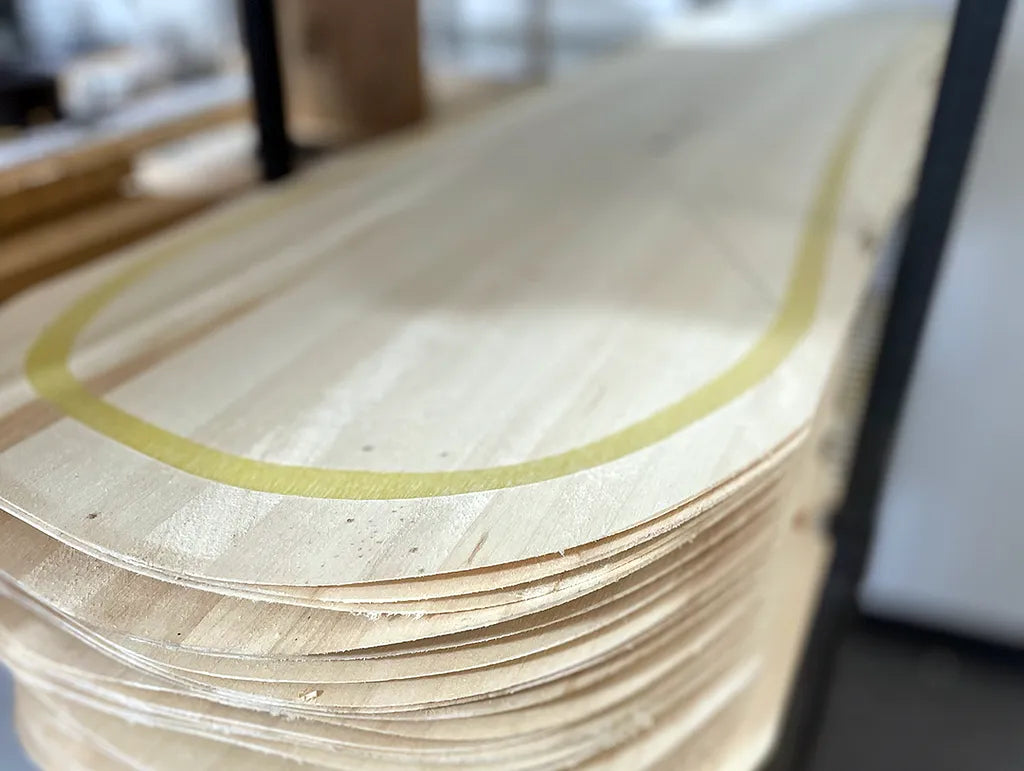
When it comes to snowboarding, the type of core that a board has can have a significant impact on the board’s performance. The core is the heart of the snowboard and is responsible for providing the board with its flexibility, strength, and responsiveness. While there are many materials used to construct snowboard cores, wood is the most popular. In this article, we will explore the different types of wood cores used in snowboarding and their benefits.
Snowboard cores are typically made up of wood, foam, or a combination of both. Wood is the preferred material for snowboard cores because it provides a high level of durability, strength, and responsiveness. The type of wood used for the core can significantly affect the snowboard’s performance, making it essential to understand the differences between each type of core.
Wood is a popular choice for snowboard cores because of its natural properties. Wood is strong, durable, and lightweight, which is essential for a snowboard’s performance. Unlike foam cores, wood cores offer a high level of responsiveness, allowing the board to flex and bend naturally, which is crucial for carving and riding in varying snow conditions.
There are several types of wood used for snowboard cores, each with unique properties that affect the board’s performance.
Poplar
Poplar is the most common type of wood used for snowboard cores. It is a lightweight wood with a low-density grain structure, which provides the board with a high level of flexibility. Poplar cores are perfect for beginner to intermediate riders, as they are forgiving and easy to ride. Poplar has the most forgiving and flexible wood core, making it ideal for beginners.
Bamboo
Bamboo is another popular choice for snowboard cores. It is a highly durable and sustainable material that is lighter than traditional wood cores. Bamboo cores are typically stiffer than poplar cores, making them ideal for aggressive riders who want more responsiveness and control.
Paulownia
Paulownia is a lightweight wood that is known for its strength and durability. It is commonly used in high-end snowboards, as it provides a high level of performance and responsiveness. Paulownia cores are perfect for advanced riders who want a board that can handle high speeds and aggressive riding styles.
Aspen
Aspen is a lightweight and flexible wood that is commonly used in park and freestyle snowboards. It is known for its playful and forgiving characteristics, making it ideal for riders who want a board that can handle jumps, rails, and other park features.
Birch
Birch is a hardwood that is commonly used in snowboard cores. It is known for its high strength-to-weight ratio, making it an ideal material for high-performance snowboards. Birch cores are typically stiffer than other wood cores, providing riders with a high level of responsiveness and control.
Composite cores
In addition to wood cores, there are also composite cores that use a combination of wood and other materials. Composite cores typically offer a high level of performance and responsiveness, making them ideal for advanced riders who want the best of both worlds.

